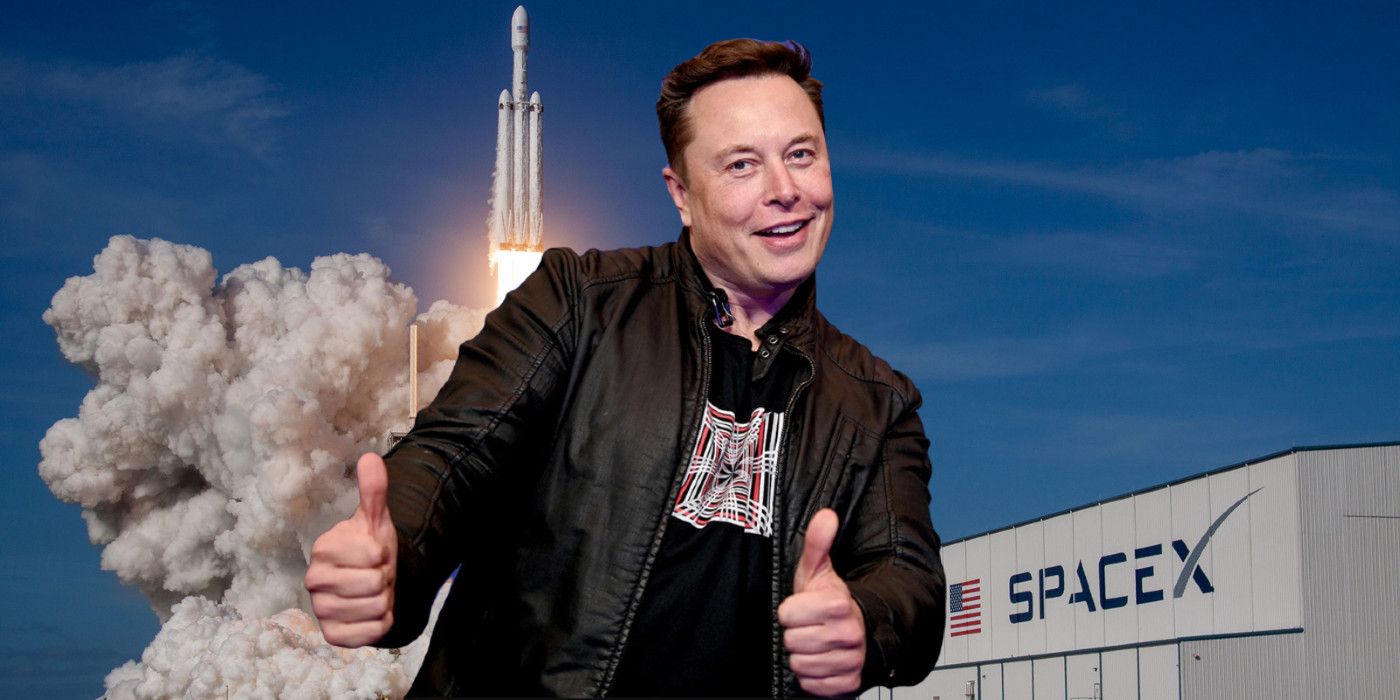Introduction
On June 22, 2025, Tesla made history by launching its long-awaited robotaxi service in Austin, Texas, marking a pivotal moment in the company’s decade-long pursuit of autonomous driving technology. The debut of this self-driving taxi service, featuring a small fleet of Model Y vehicles, has ignited excitement among investors, driving Tesla’s stock price up by 10% in a single day. This event signals the beginning of Elon Musk’s bold vision to blanket the United States with driverless cars, a goal that could redefine transportation and bolster Tesla’s financial future. As the company navigates regulatory hurdles and technical challenges, the Austin launch serves as both a triumph and a test case, with implications that ripple across the automotive and tech industries.
The Launch: A Decade in the Making
The robotaxi service officially rolled out on Sunday, with Tesla deploying approximately 10 to 20 Model Y SUVs equipped with its latest autonomous software. Unlike earlier promises of a futuristic Cybercab with no steering wheel or pedals, the initial fleet consists of existing vehicles modified for self-driving, each accompanied by a safety monitor in the front passenger seat. The service is currently invite-only, targeting Tesla enthusiasts and select users who can book rides for a flat fee of $4.20—a nod to Musk’s penchant for playful pricing. Operations are confined to a geofenced area in Austin, including busy streets like South Congress Avenue, with restrictions on bad weather conditions and no access to the local airport.
Musk hailed the launch as the “culmination of a decade of hard work,” crediting Tesla’s in-house AI chip and software teams for the breakthrough. The event, first teased in May during an interview with CNBC’s David Faber, fulfills a promise made as early as 2016, when Musk claimed Tesla vehicles would soon achieve full autonomy. Despite repeated delays and unmet deadlines—such as the 2019 prediction of one million robotaxis by 2020—the Austin rollout represents a tangible step forward. Musk envisions rapid expansion, with plans to scale to thousands of vehicles and extend the service to cities like Los Angeles and San Francisco by year-end, potentially reaching hundreds of thousands of autonomous vehicles across the U.S. by 2026.
The launch coincided with a surge in Tesla’s stock, which climbed over 10% on June 23, adding nearly $100 billion to its market valuation of approximately $1 trillion. This spike, reported across financial news outlets, reflects investor optimism about the robotaxi’s potential to offset slowing EV sales and competition from Chinese manufacturers. However, the controlled nature of the trial—limited vehicles, safety monitors, and a narrow operational zone—suggests Tesla is proceeding cautiously, aware of the scrutiny following past overpromises.

The Market Reaction: A Stock Surge and Skepticism
The 10% stock increase, observed in early trading on June 23, underscores the market’s high stakes in Tesla’s autonomous ambitions. Analysts attribute much of Tesla’s lofty valuation—trading at 149 times forward earnings compared to Ford’s 9.3— to the promise of robotaxis and humanoid robots. Wedbush Securities’ Dan Ives called it the dawn of a “golden era” for Tesla, predicting a potential doubling of its market cap by 2026 if the technology scales successfully. The Austin launch, though modest, has rekindled investor confidence shaken by a 12% stock decline earlier in 2025, driven by demand concerns and Musk’s political controversies.
Yet, not all reactions are bullish. Some analysts caution that the opportunity may already be priced into the stock, with UBS raising its target price to $215 while maintaining a “Sell” rating. Concerns linger over the service’s scalability, safety, and competition from Alphabet’s Waymo, which already conducts 250,000 paid trips weekly across multiple cities. Videos of robotaxis navigating Austin streets have surfaced on X, with some showing minor incidents like swerving or braking unexpectedly, prompting the National Highway Traffic Safety Administration (NHTSA) to request additional safety data. This scrutiny highlights the gap between Musk’s aggressive timeline and the technical realities of autonomous driving.
Contextualizing Tesla’s Autonomous Journey
Tesla’s robotaxi endeavor builds on its Full Self-Driving (FSD) system, which relies on cameras and AI rather than lidar or radar—a choice Musk has defended as cost-effective but criticized by experts as less reliable in adverse conditions. The company’s Austin factory, employing over 20,000 workers, has been a hub for testing, with hundreds of test drivers logging “critical miles” in recent months. A March training session with local first responders and a test version of the robotaxi app for employees signalled the company’s preparation, though the June 1 internal deadline was adjusted to June 22 amid regulatory pressures.
Musk’s vision extends beyond transportation, aiming to transform Tesla into an AI and robotics powerhouse. The robotaxi service is seen as a precursor to a network where Tesla owners can rent out their cars as autonomous taxis, generating revenue. This model, however, faces logistical challenges, including maintenance, remote operator costs estimated at $1.34 per mile by Goldman Sachs, and the need for a robust teleoperation system to handle edge cases. Competitors like Waymo, with its 1,500-vehicle fleet, and Amazon’s Zoox demonstrate a more gradual approach, leveraging redundant sensors and extensive testing.
Regulatory and Safety Challenges
The Austin launch occurs against a shifting regulatory landscape. Texas, traditionally lenient on autonomous vehicles, introduced a new law effective September 1, 2025, requiring state permits and safety compliance—a response to bipartisan calls for caution. Seven Democratic lawmakers, including Senator Sarah Eckhardt, urged Tesla to delay the rollout until this law takes effect, citing public safety concerns. Tesla’s decision to proceed has drawn mixed reactions, with some praising its boldness and others questioning its readiness.
Safety remains a focal point. The NHTSA’s ongoing investigation into FSD, including a fatal 2023 crash linked to poor visibility, underscores risks with Tesla’s camera-only approach. Videos from Austin showing robotaxis in awkward maneuvers have fueled debates about reliability, especially in complex urban environments. Musk has promised a “super paranoid” focus on safety, with remote monitoring and geofencing, but experts like Carnegie Mellon’s Philip Koopman argue that scaling to millions of vehicles will require years of addressing edge cases—a timeline at odds with Musk’s projections.
Broader Implications: A New Era or a Risky Gamble?
The Austin launch positions Tesla as a late entrant in a growing robotaxi market dominated by Waymo, Zoox, and Chinese firms like Baidu’s Apollo Go. While Tesla’s low-cost, factory-scalable model offers an edge, its aggressive expansion plans contrast with competitors’ measured strategies. The service’s success could validate Musk’s pivot from mass-market EVs to AI-driven revenue, potentially adding hundreds of billions to Tesla’s bottom line. However, failure to deliver could erode trust and stock value, especially as sales decline 20% year-over-year and reputational damage from Musk’s political ties persists.
The event also reflects broader societal shifts. Public acceptance of robotaxes, as seen with Waymo riders quickly adapting, suggests potential demand, but incidents could stall progress. Tesla’s reliance on existing infrastructure—like the Austin gigafactory—could accelerate deployment, yet regulatory pushback and technical setbacks pose risks. The 10% stock surge, while celebratory, masks underlying uncertainties about safety, scalability, and competition.
A Deeper Look: The Road Ahead
Tesla’s Austin trial is a proof-of-concept, not the endgame. The company must navigate Texas’s new permit requirements, address NHTSA concerns, and refine its software for nationwide use. Musk’s goal of millions of robotaxes by 2026 hinges on overcoming these hurdles, a challenge compounded by his history of optimistic forecasts. The presence of safety monitors and remote operators indicates a transitional phase, with full autonomy—Level 5 under industry standards—still elusive.
For Austin residents, the launch offers a glimpse of a future where driverless cars reduce traffic and emissions, aligning with Tesla’s sustainability mission. Yet, it also raises questions about job displacement for human drivers and the ethical implications of AI decision-making. The city’s tech-friendly environment and wide roads have facilitated testing, but scaling to denser urban areas like Los Angeles will test the technology further.
Conclusion: A Milestone with Momentum
Tesla’s robotaxi launch in Austin, Texas, on June 22, 2025, marks a significant milestone after over a decade of development, propelling its stock up 10% and reigniting faith in Musk’s autonomous vision. The event showcases Tesla’s potential to lead a U.S.-wide rollout, leveraging its AI expertise and manufacturing prowess. However, it also exposes the challenges ahead—regulatory compliance, safety validation, and competition—that will determine whether this is the start of a new era or a costly misstep.
As Tesla refines its technology and expands its fleet, the world watches. Musk’s promise of a multi-planetary future, now paired with a terrestrial transportation revolution, hinges on this moment. Whether the Austin launch proves a springboard to success or a cautionary tale will depend on Tesla’s ability to turn ambition into reality, leaving investors, regulators, and the public on edge for the journey ahead.


